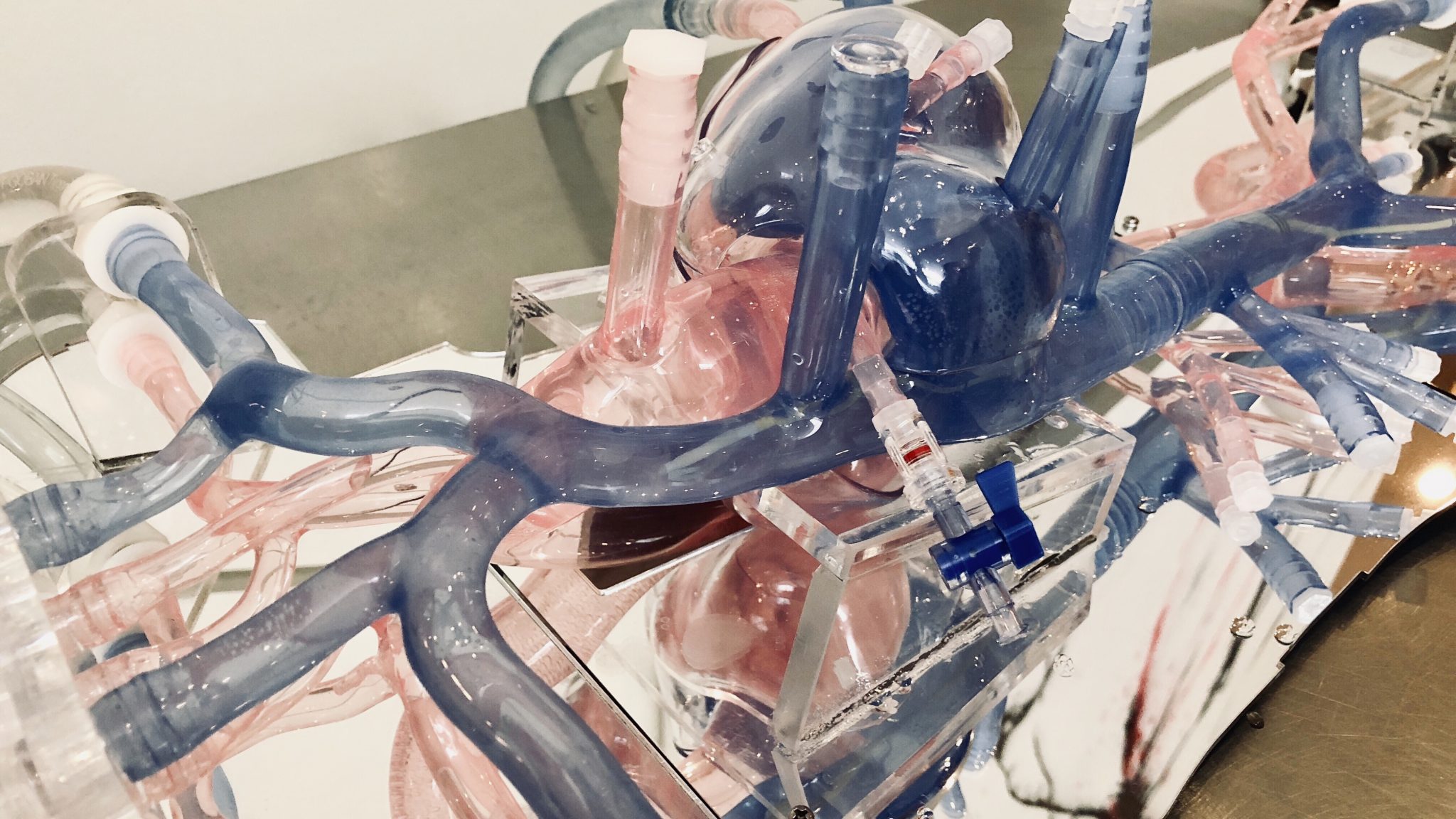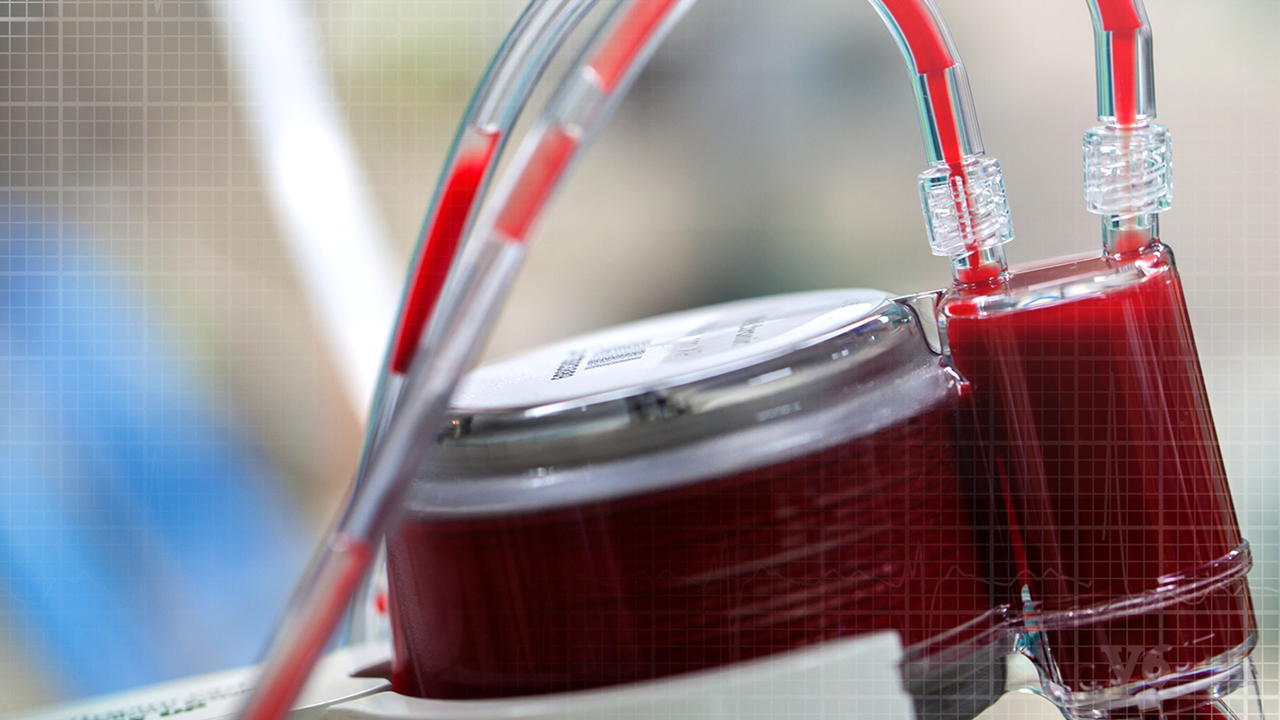“Between academic classes and clinical observation rotations, our students are entrenched in an unparalleled learning environment that exposes them to a broad range of complicated cardiovascular procedures.”
– Terry Crane, THI School of Perfusion Director
Denton A. Cooley, MD, recognized that the quality of patient care could be augmented by highly trained and competent perfusion technologists, and he started the Texas Heart Institute School of Perfusion Technology on December 1, 1971. Today, the school continues to attract bright college graduates interested in an exhilarating career in the medical field.
The program became the first perfusion school to be accredited by the American Board of Cardiovascular Perfusion in 1976. The school was also awarded accreditation by the Council on Allied Health Education and American Medical Association in 1982, and the Commission on Accreditation of Allied Health Education Programs granted continuing accreditation of the program in 2002.
The School of Perfusion Technology continues to maintain its accreditation status and to provide high-quality education for perfusion graduates. Through a nationally recognized 18-month course of intensive study, the program offers a post-baccalaureate certificate in perfusion technology. New classes begin every January and July.
Over 1,000 perfusionists have been trained at the School since its inception and have gone on to work in hospitals and medical facilities around the U.S. and the world.
Annual THI Perfusion Conference
The School hosts the Annual THI Perfusion Conference every summer at the Institute. The meeting, which contributes to THI’s education mission, attracts participants from around the country who earn CAT I Continuing Education credits from the American Board of Cardiovascular Perfusion. Attendees at the conference discuss important case reviews and the latest trends in the techniques and technology used by perfusionists and physicians. Funds raised at these conferences are used to purchase additional training equipment and material to support the School in training the next generation of perfusionists.

3D Printing Enhances Perfusion Training Surgical Bootcamps
“By using anatomically correct training models, the students gain a better understanding of how the roles of the surgeon and perfusionist interface in the operating room.”
– Alex Smith, Center for Preclinical Surgical and Interventional Research
During their training, perfusion students are taught how to operate a cardiopulmonary bypass machine and other ancillary equipment used in cardiac surgery. This type of training requires a perfusion circuit that simulates blood flow in the body. In 2018, through a partnership with an international company, the THI School of Perfusion Technology acquired an anatomic training model made of 3-dimensional–printed silicone. The model simulates the human cardiovascular system more accurately, allowing more realistic surgical training boot camps.





